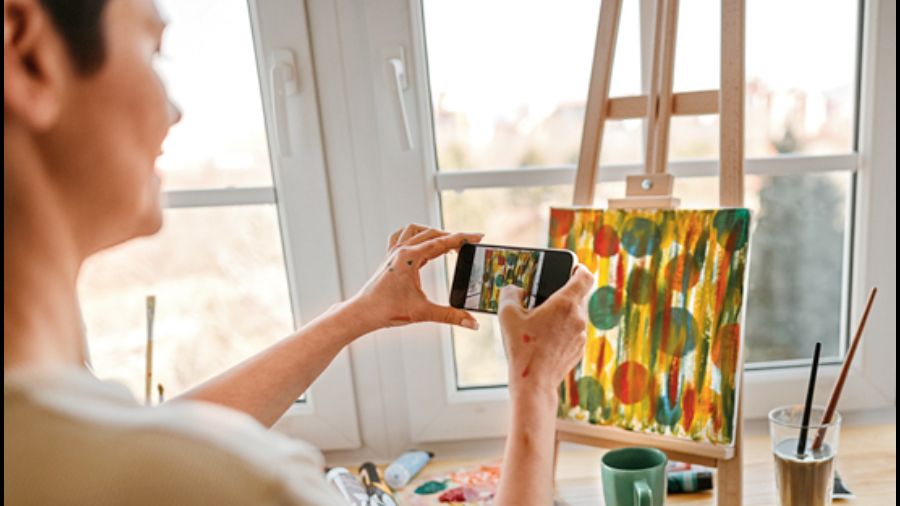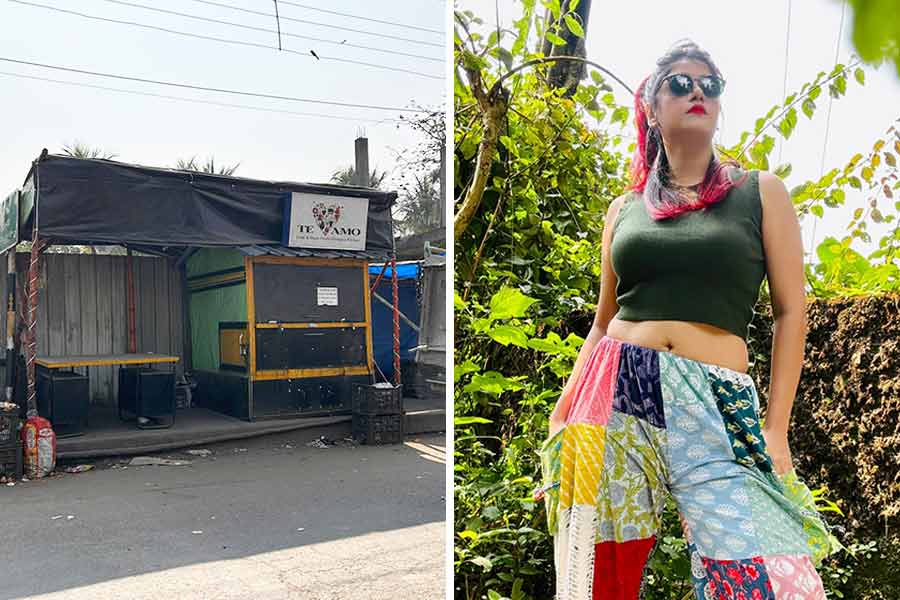Deb JJ Lee built a career in illustration on Instagram, one colourful comic at a time.
Some of the comics Lee, 26, posted told stories about fantastical worlds; others meditated on Lee’s experiences as a Korean American. Without Instagram, Lee said they would not be illustrating graphic novels and publishing picture books.
But seven years later, Lee’s relationship with Instagram has cooled — because the app has changed so much that it seems to have stopped welcoming artists. The changes, Lee said, have “been nothing short of harmful to artists, especially those who make still images.”
Instagram was founded in 2010 as a photo-sharing site where people could post, curate and showcase snapshots from their lives. It became a destination for an endless variety of beautiful, funky, far-out and vibrant images, turning into one of the Internet’s premier visual repositories.
But Instagram has in recent years shifted toward video. It has introduced Reels, short videos meant to compete with the video-sharing app TikTok. Its algorithms appear to favour videos over photos. Last year, Adam Mosseri, Instagram’s head, said the site was “no longer a photo-sharing app.”
That has caused angst among many Instagram users. Celebrities such as Kylie Jenner and others rebelled, declaring an intent to “make Instagram Instagram again”. The backlash was so intense that Instagram temporarily reversed the changes.
For artists who make a living through Instagram, its move toward video is more of an existential threat. Many are photographers, illustrators or graphic novelists whose work doesn’t easily translate to video.
Some young artists who might have gotten their start on Instagram are now venturing to membership-based photo-sharing apps such as VSCO and Glass. Others are exploring professionally oriented platforms including Behance and LinkedIn or other apps such as Twitter and TikTok.
“Twitter really matters a lot more than Instagram at this point,” Lee said. They now invest a majority of their energy in Twitter, where, they said, it is easier to discern how well a post is performing.
Meta said it cared “deeply about all creators, including artists.” The Silicon Valley company, which is trying to lure content creators away from rivals YouTube and TikTok, has invited some artists to join its programs that pay influencers for using its products.
But Lee, recently invited by Instagram to earn a bonus for posting Reels, said the incentives were “even less reliable than freelance illustration.” Even if their Reels received 11 million views in one month, they said, Meta would pay them only $1,200.
Maddy Mueller, 25, knew that she would have to market herself through social media after she graduated from a university in 2019. But trying to attract attention to her art on the app soon became “an uphill battle” against the algorithm, she said. Mueller said she often felt that the number of hashtags on a post, or the time when it had been uploaded, mattered more than the actual content of the post.
To gain exposure for her work on Instagram, she began animating her paintings that were meant to be still — so that her posts would be treated as videos. Promoting her art meant less time to make it, she said.
Last year, Mueller, who lives in St. Louis, US, started focusing instead on Twitter, where she discovered a burgeoning community of artists. She was invited to illustrate zines, joined private Discord groups that shared professional opportunities and increased her following through hashtag events, in which artists tweeted and shared content with tags such as #PortfolioDay and #VisibleWomen. Mueller now has nearly 5,000 followers on Twitter, compared with about 1,000 on Instagram.
The changes have also made Instagram a more challenging place to find illustrators to hire, said Chad Beckerman of the CAT Agency, which represents children’s book illustrators. The algorithm “is not going after quality,” Beckerman said. “I don’t think the algorithm is even caring about what the person’s work looks like.”
NYTNS











